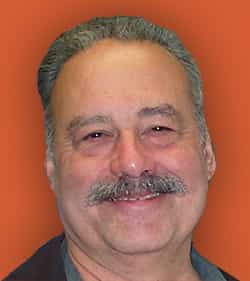two plates collide and one moves under the other
two plates move apart
two plates collide and fold up
Correct!
A subduction zone is where two plates collide and one moves under the other. The most explosive volcanoes occur above subduction zones where thin, dense oceanic crust moves under thick continental crust.




 Biodiversity
Biodiversity
 Brain
Brain
 Genetics
Genetics
 Marine BiOLogy
Marine BiOLogy
 MicrobiOLogy
MicrobiOLogy
 PaleontOLogy
PaleontOLogy
 ZoOLogy
ZoOLogy
 AnthropOLogy
AnthropOLogy
 ArchaeOLogy
ArchaeOLogy
 Astronomy
Astronomy
 Climate Change
Climate Change
 Earth
Earth
 Physics
Physics
 Water
Water

